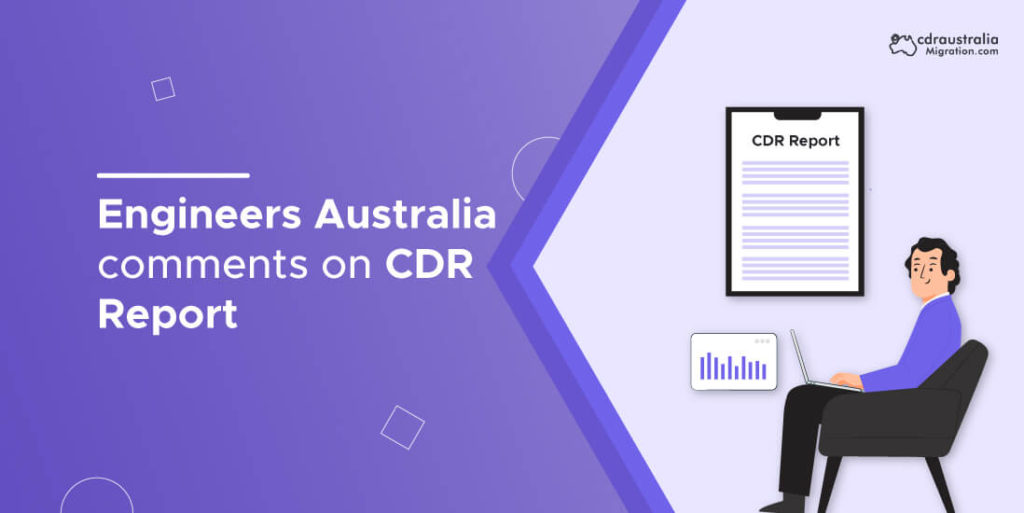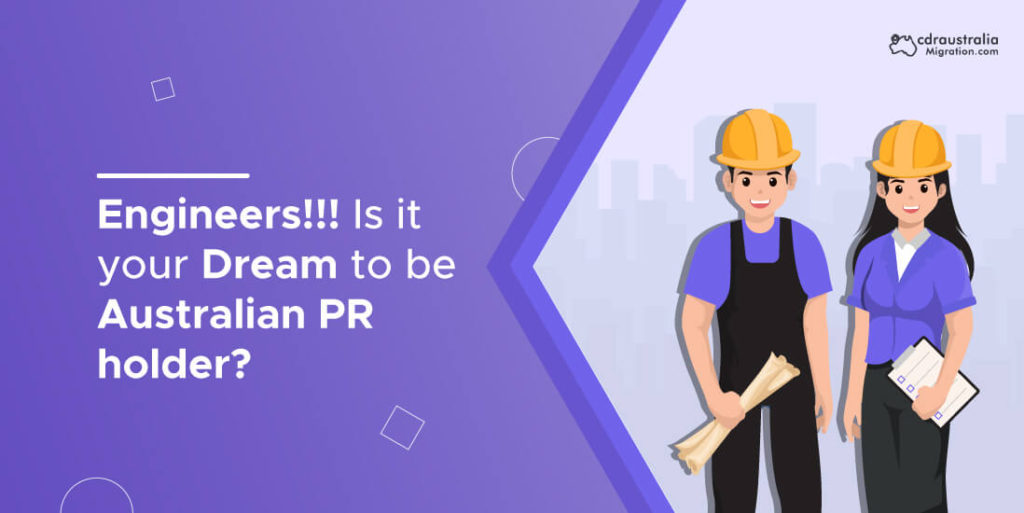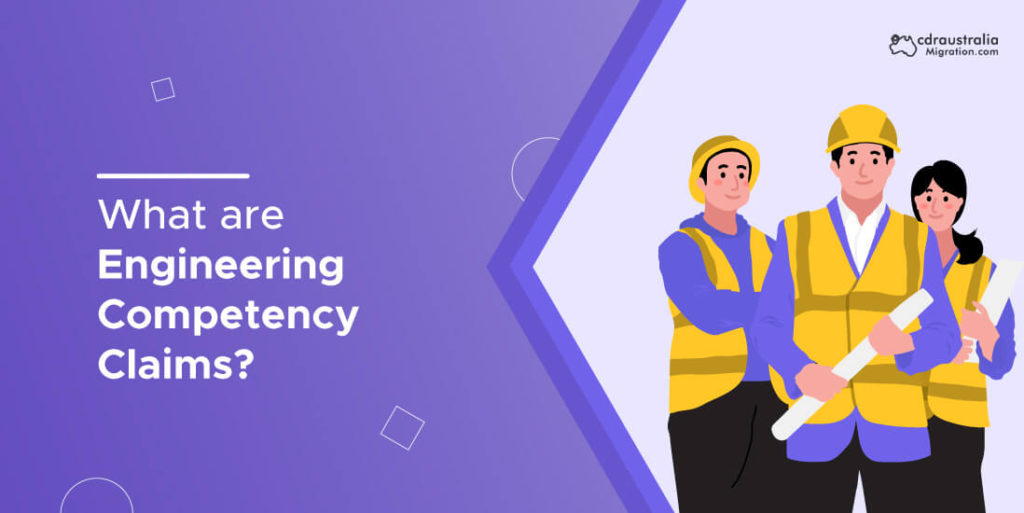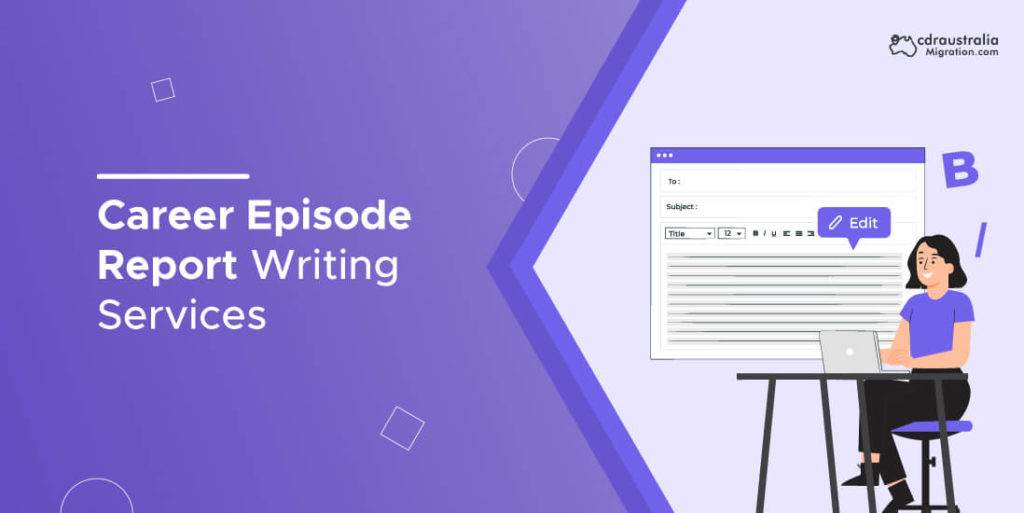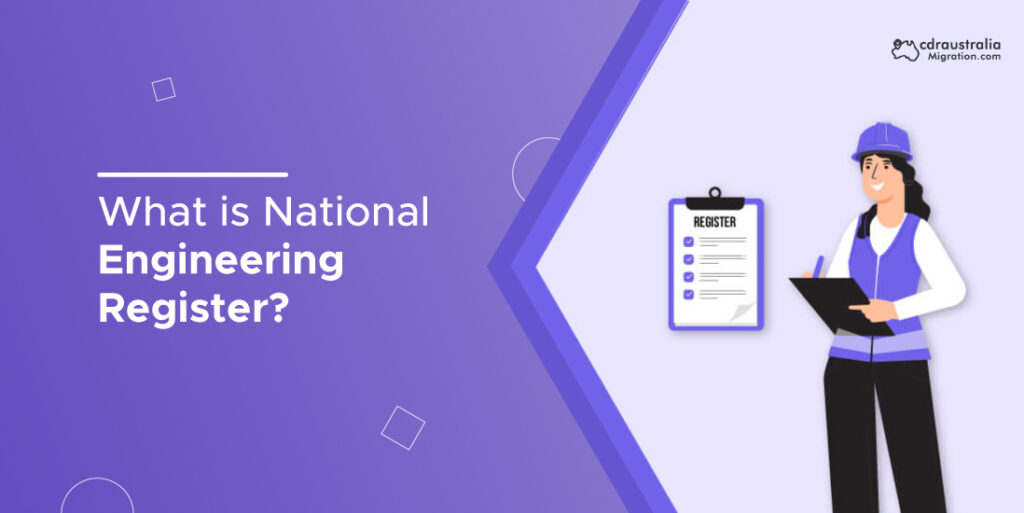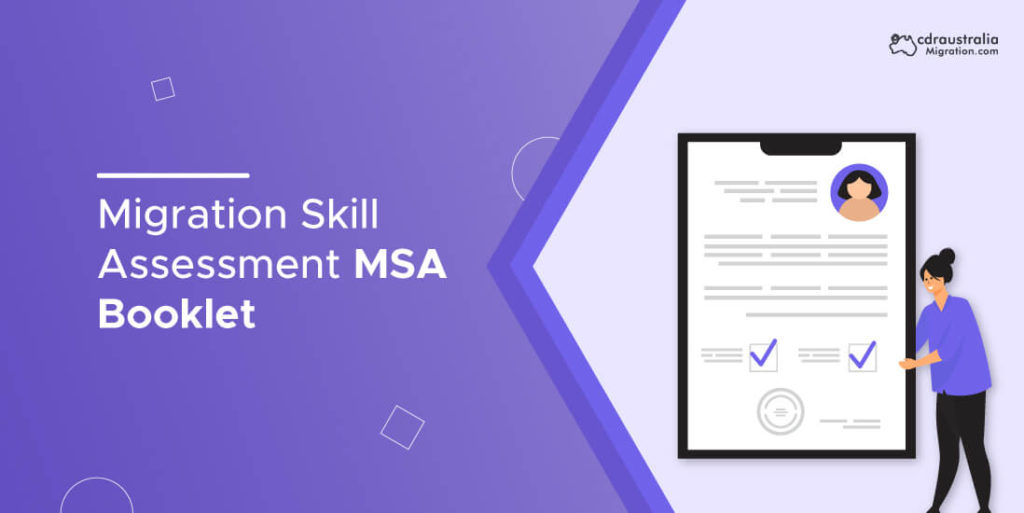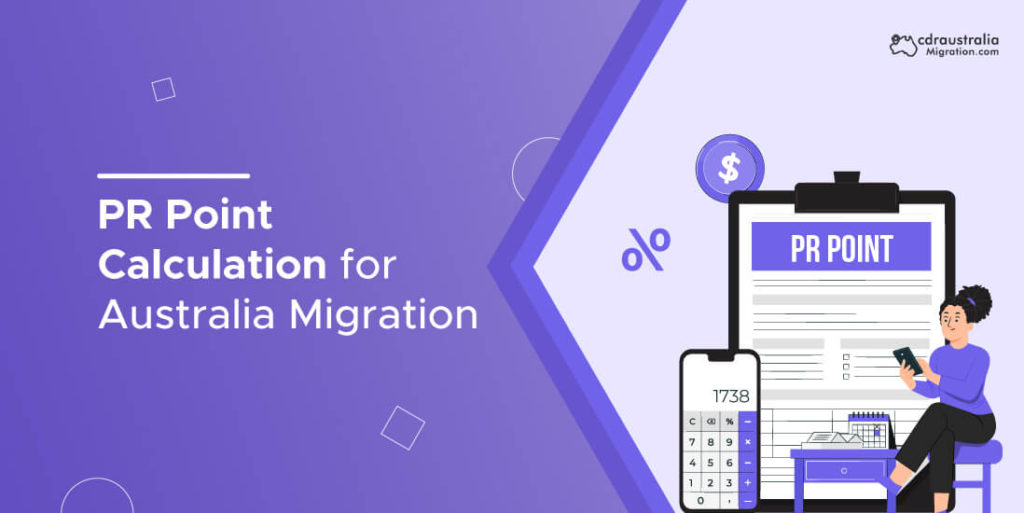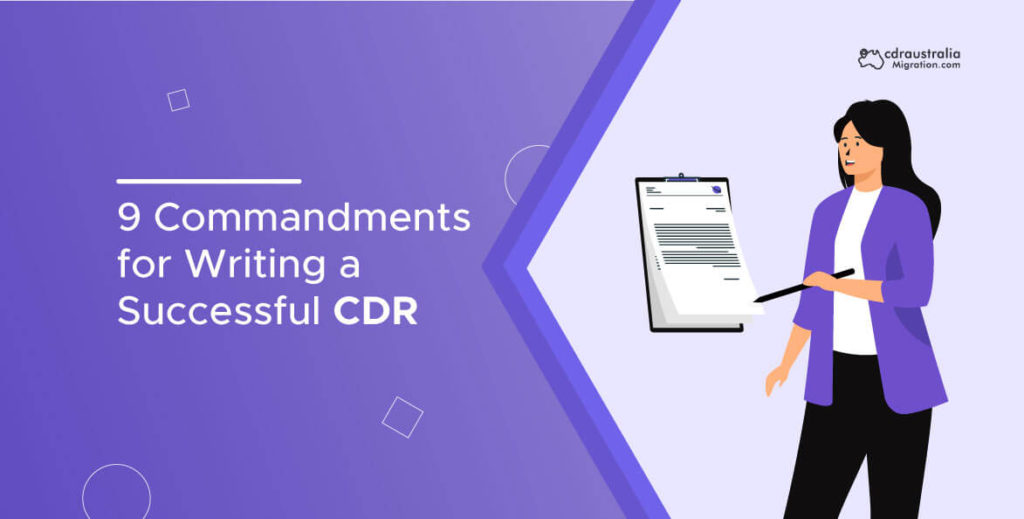Engineers Australia comments on CDR Report
The EA has defined some specific criteria, laws, and regulations that applicants must adhere to the application. The Engineers Australia (EA) team may reject applications if proper rulings are not followed when writing the CDR report. On all three Career Episodes, I received the following feedback: “Kindly survey and update this CE and give all specialized subtleties including charts, graphs, outlines, etc….” At the same time as I was mentioning the MSA booklet from Engineers, or on the other hand Maps, charts will be sufficient? I don’t have many charts since I’m in the structural engineering program. Also, please let me know if I am able to include photographs of me working in a field, holding instruments, and doing work. Do they assist me? Sample Acceptance Letter from EA Comments received by Civil engineers Hi In civil engineering, I received a message and this time they approved that what I did was enter all minor relevant technical information, i:e which tests were done following which ASTM standards, which sub-base was used, how many values did I get in asphalts testing, etc. It’s not much about graphs or tables. Like if you supervised a building, what concrete tests did you do? What was the strength required? Were the strata hard or soft? What was the bearing capacity of soil? You have to mention these details to show that you have worked as a civil engineer. Following are some of the most common reason for CDR rejection: Excessive use of technical information like charts, equations, images, and diagrams. Instead of paragraphs, build CE content in the form of bullet points. Everything in your project, particularly academic and work-related information, should be copied and pasted. Describe the same project in two Career Episodes, even though different aspects or details are mentioned. Concentrate on a group task or teamwork without mentioning your particular part of the project. How can EA determine your skills if you don’t talk about your roles and obligations and how you carried them out? Despite the fact that EA allows you to write your career episodes in several languages (if you provide the translations in your CDR report), it is recommended that you write career episodes in English. Rejection message from Engineers Australia to applicant Message : We’ve discovered that one or more of your career episodes have been plagiarized, either from the internet, publications or from career episodes sent to Engineers Australia. This suggests that your CDR statement that the Report is “all your own work” is incorrect and that you are not committed to ethical practice and professional responsibility. Include an explanation for the copied meaning. Please be aware that if the presented writing includes content that was not created by you, the application will be denied and a 12-month suspension imposed. Regards, Want to discuss these things in detail? I am available here Cheers! Kiara Mishra Sr. CDR Expert Web: cdraustraliamigration.com Email: info@CDRAustraliaMigration.com +61 488 858 106 Sample Rejection Letter from EA Why choose CDR Australia Migration? CDRAustraliaMigration provides CDR reports for engineers wanting to migrate to Australia. Career episodes, Summary Statements, CV writing and reviewing, and CDP writing services from our professional experts.
Engineers Australia comments on CDR Report Read More »

